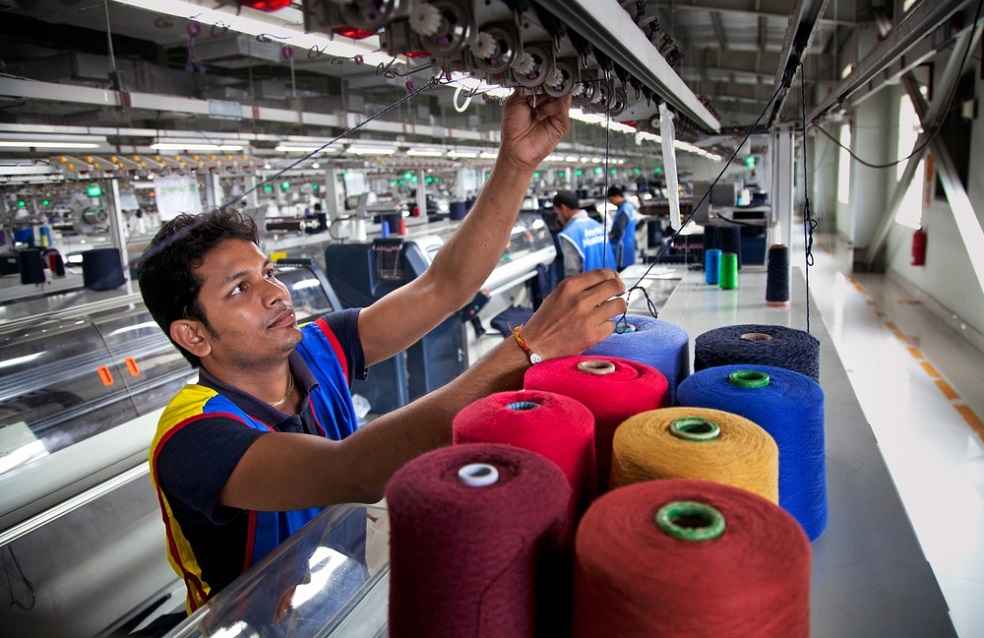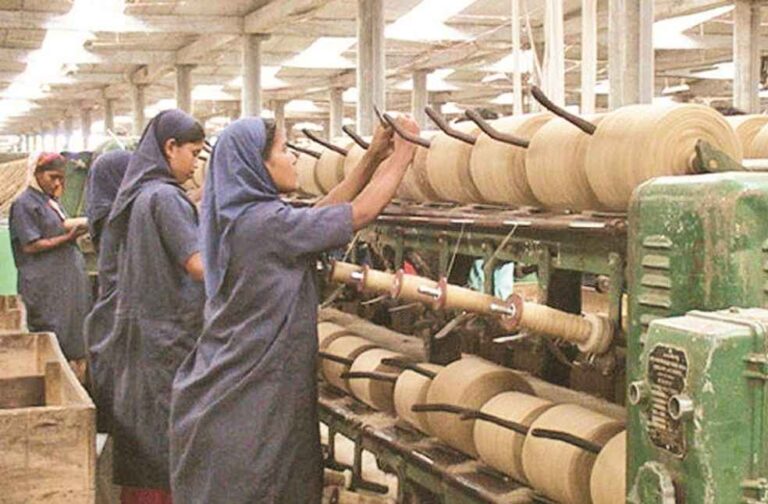Bangladesh’s industrial landscape is under duress with production rates halving to a tepid 8.99 percent growth during the fiscal period of 2022-23. This figure contrasts sharply with the preceding year’s vigorous 16.19 percent rise, a signal of the tough economic conditions affecting consumer appetite and manufacturing activities across the nation.
Reports from the Bangladesh Bureau of Statistics (BBS) forecast a continuation of this trend into fiscal 2023-24. With imports of essential industrial materials dwindling and the local currency facing devaluation, pressures are mounting.
Zaidi Sattar, chair at the Policy Research Institute of Bangladesh, upholds a cautiously optimistic stance, acknowledging the modest growth against the backdrop of economic challenges and stringent import policies. Sattar anticipates a potential resurgence in manufacturing output as the next fiscal year unfolds.

The manufacturing sector, a substantial contributor to the nation’s GDP has not been immune to the economic squeeze. Data from BBS indicate sectors such as textiles and pharmaceuticals among others have encountered a slack in production, coinciding with a shift in consumer purchasing behavior.
Zaved Akhtar, helming Unilever Bangladesh , attributes these shifts to the lingering impact of the pandemic and ongoing geopolitical strife, notably the Russia-Ukraine conflict. These factors have eroded consumer purchasing power, prompting a discernible contraction in market demand for non-essential goods.
Elaborating on the trend of diminishing wages against the backdrop of climbing inflation, Malik Mohammed Sayeed of Square Toiletries discusses the resultant consumer frugality. Households are now prioritizing savings on daily necessities by opting for smaller, more economical product sizes.
In light of a significant 16 percent yearly downturn in imports, and following it, a 22 percent slump during the initial months of FY24 after regulatory measures, the effectiveness of the Bangladesh Bank’s import restrictions has been called into question.

Sattar offers a critical perspective on these regulations, advocating for a laissez-faire approach to the exchange rate that may offer firms a more favorable operating climate, possibly revitalizing manufacturing sector growth.
As Bangladesh grapples with these formidable economic hurdles, the durability of its industrial sector along with the flexibility of market entities remains under scrutiny. The nation’s strategic responses in the face of evolving economic realities will be pivotal for charting the course toward stabilization and growth in a global economy still recovering from pandemic aftershocks and geopolitical disturbances.
BUSINESS GENERAL | EU’s Steel Sting: Imports Plunge as Trade Rules Tighten



